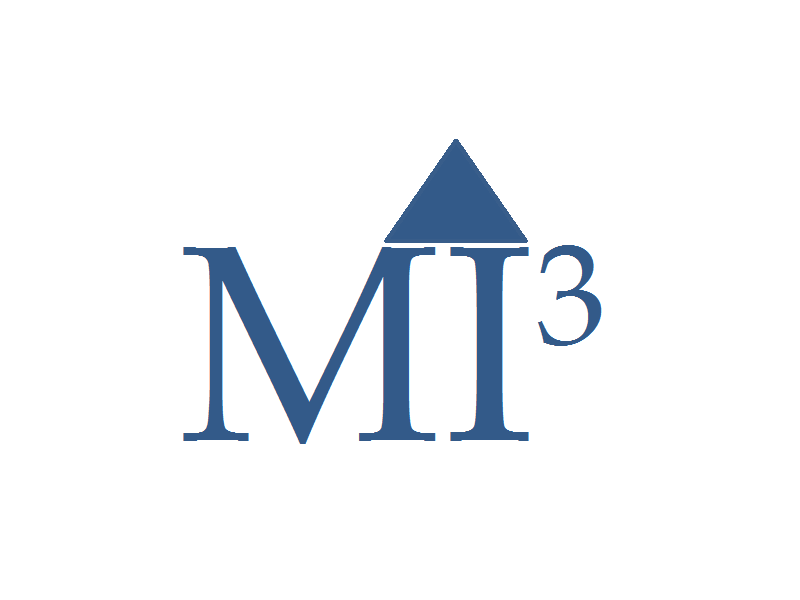Newlox provides tech data summary on Boston project
2020-08-25 07:05 ET – News Release
Mr. Ryan Jackson reports
Newlox Gold Ventures Corp. is expanding upon its announcement of the Boston project (Aug. 17, 2020) by providing historical technical data on the project and the surrounding mining camp.
The Boston project and mining camp in Costa Rica have undergone extensive exploration since the early 1980s. Geochemical testing, geophysical surveying and drilling have been conducted in the area by several prominent industry consultants. Historical resources were established supporting mining in the area. Boston is situated in the northeastern extension of the San Martin vein system, which was one of the prominent areas of exploitation during historical mining. Historical production is estimated at over one million ounces of gold between 1908 and 1950.
Gold and silver mineralization at Boston and throughout the surrounding mining camp consists of multiple epithermal quartz vein systems comprising white quartz, minor pyrite and electrum. Veins also contain minor marcasite, pyrrhotite, chalcopyrite, galena, sphalerite, hematite and limonite. The veins cut across andesitic volcaniclastics and are accompanied by weak propylitic alteration in places repeatedly faulted along the veins producing granular fault gouge.
A comprehensive historical report prepared in 1990 by Strathcona Mineral Services of Toronto, Canada, for Greenstone Resources Ltd. included detailed drilling and evaluation-generated historical resource calculations for much of the area.
Prior to the Strathcona report, a Swedish consortium denoted SWEDEM (Boliden, Atlas Copco and others) conducted intensive exploration and evaluation in the area, including the Boston project.
Historical resources calculated later by TC&A of San Jose were mined by Ariel Resources until late 1999. The Strathcona report (1990), the SWEDEM report (1986) and the TC&A report (1993) outlined historical resources. Portions of those resources were detailed in a National Instrument 43-101 technical report prepared for Veritas Mining CR SA in 2011, showing a historical resource of 241,000 tonnes containing 20,800 ounces of gold and an exploration potential of between 685,000 and 981,000 ounces of gold. Mining of these areas has continued by artisanal mining co-operatives following formal mining closure in the late 1990s.
At the Boston mine, historical records and recent local mining indicate four levels, targeting a system of steeply dipping northeast-trending veins up to five metres thick with grades up to 25 grams per tonne that are readily accessible for immediate exploitation. As in other concessions in this area, bonanza-type shoots with higher grades have been regularly encountered. Mining by the Anami co-operative has commenced at the Boston mine, with a feedstock inventory being established for processing.
The company looks forward to continuing co-operative efforts throughout the mining camp. Results to date have been very pleasing, and excellent rapport has been established with both the community and the co-operative miners. The entire mining community is rejuvenating with the planned modernization of the mining camp that will benefit all stakeholders.
Newlox plans to operate a mill at Boston capable of processing 150 tonnes per day of material grading plus/minus 15 grams per tonne gold with an anticipated gold recovery of approximately 90 per cent. All feedstock is to be provided by Newlox’s partners and profits will be split evenly between the parties. Full-scale operation at Boston will be preceded by stages of engineering, development, construction and commissioning over the remainder of the year and into the first half of 2021. The abbreviated timeline at the Boston project is facilitated by the fully permitted status of the project.
A message from Ryan Jackson, chief executive officer: « We are delighted to provide investors with some insight into Newlox’s recently announced Boston project. Boston is strategically located within a historic gold camp in Costa Rica and represents a major component of Newlox’s regional growth strategy. There is over 150 years of mining history in this camp, including estimated historical gold production exceeding a million ounces of gold, and Newlox’s artisanal mining partners continue to mine these deposits.
« We believe that the deployment of a Newlox mill in this area will provide local stakeholders with an environmentally and socially positive alternative to artisanal mineral processing while adding significant productivity to Newlox’s portfolio. The project will supplement the production at Newlox’s first processing plant and be the second step in Newlox’s plan to build a portfolio of environmentally positive gold projects throughout Central and South America. »
Newlox conference call
The company will be hosting a Zoom conference call to discuss this news release at 12:30 p.m. Eastern Time (9:30 a.m. Pacific Time) on Wednesday, Aug. 26.
Technical disclaimer
The company advises it is not basing any decision to produce on a feasibility study of reserves demonstrating the economic and technical viability of the project and also advises there are increased uncertainty and specific economic and technical risks of failure associated with any production decision. Dr. Stewart A. Jackson, PhD, PGeo, a qualified person within the meaning of National Instrument 43-101, has prepared, supervised the preparation of and approved the contents of this news release.
